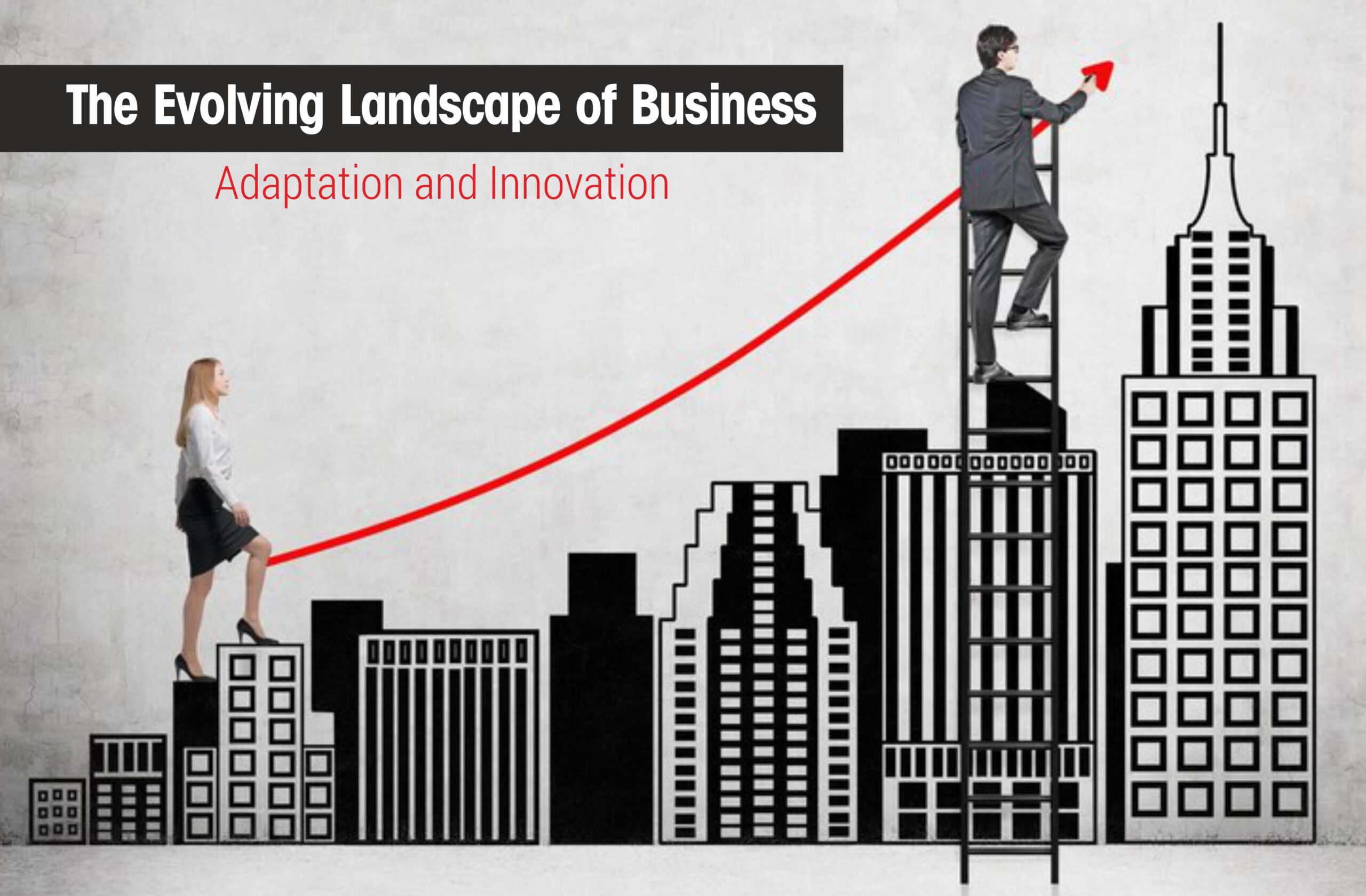The business landscape has become dynamic and challenging in today’s fast-paced and ever-changing world. To thrive in this environment, entrepreneurs and business leaders must constantly adapt and innovate to stay ahead of the curve. This blog explores the evolving nature of the business category, highlighting the importance of adaptation and innovation in achieving sustainable success.
Adapting to Changing Trends:
One of the fundamental aspects of running a successful business is adapting to changing trends. Whether it’s technological advancements, shifting consumer preferences, or emerging market forces, staying attuned to these changes is crucial. Adapting to new trends allows businesses to meet evolving customer needs, improve operational efficiency, and maintain a competitive edge.
Businesses need to adapt to avoid becoming obsolete as the market continuously evolves. Iconic examples include companies like Kodak and Blockbuster, which could not embrace digital photography and streaming services. These cautionary tales underscore the importance of staying ahead of the curve and anticipating shifts in the business landscape.
Embracing Technological Innovations:
Technological advancements have revolutionized how businesses operate, presenting challenges and opportunities. Embracing innovation is no longer a luxury but a necessity for survival. From automation and artificial intelligence to blockchain and big data analytics, technology offers vast potential for businesses to streamline operations, enhance customer experiences, and create new avenues for growth.
Start-ups and small businesses are well-positioned to leverage technology to disrupt traditional industries. These nimble entities can quickly adapt to new technologies and capitalize on emerging trends, challenging established players. Furthermore, larger organizations are increasingly investing in research and development, partnerships, and collaborations to harness the transformative power of technology.
Innovation as a Key Driver:
Innovation is the lifeblood of any successful business. It goes beyond technological advancements and encompasses creative thinking, problem-solving, and strategic decision-making. Successful companies foster a culture of innovation that encourages employees to think outside the box and take calculated risks.
Innovation enables businesses to differentiate themselves from competitors, develop unique value propositions, and introduce groundbreaking products or services. Moreover, it allows for continuous improvement, ensuring businesses stay relevant in changing market dynamics.
Collaboration and Networking:
In today’s interconnected world, collaboration and networking have become essential for business success. Partnerships, strategic alliances, and networking events allow businesses to pool resources, share knowledge, and tap into new markets.
Collaborative efforts can help businesses overcome challenges and seize opportunities beyond their capabilities. Through partnerships, companies can access new technologies, expand their customer base, and enhance their competitive position.
Conclusion:
The business category constantly evolves, driven by changing trends, technological advancements, and shifting consumer preferences. To navigate this dynamic landscape successfully, businesses must prioritize adaptation and innovation. Embracing change, leveraging technology, fostering a culture of innovation, and nurturing collaboration are vital components of achieving sustainable success.
In this fast-paced environment, businesses that need to adapt and innovate run the risk of being left behind. By staying agile, embracing new technologies, and fostering a culture of innovation, businesses can position themselves as leaders in their respective industries and thrive in an ever-changing business world.



Discussion about this post